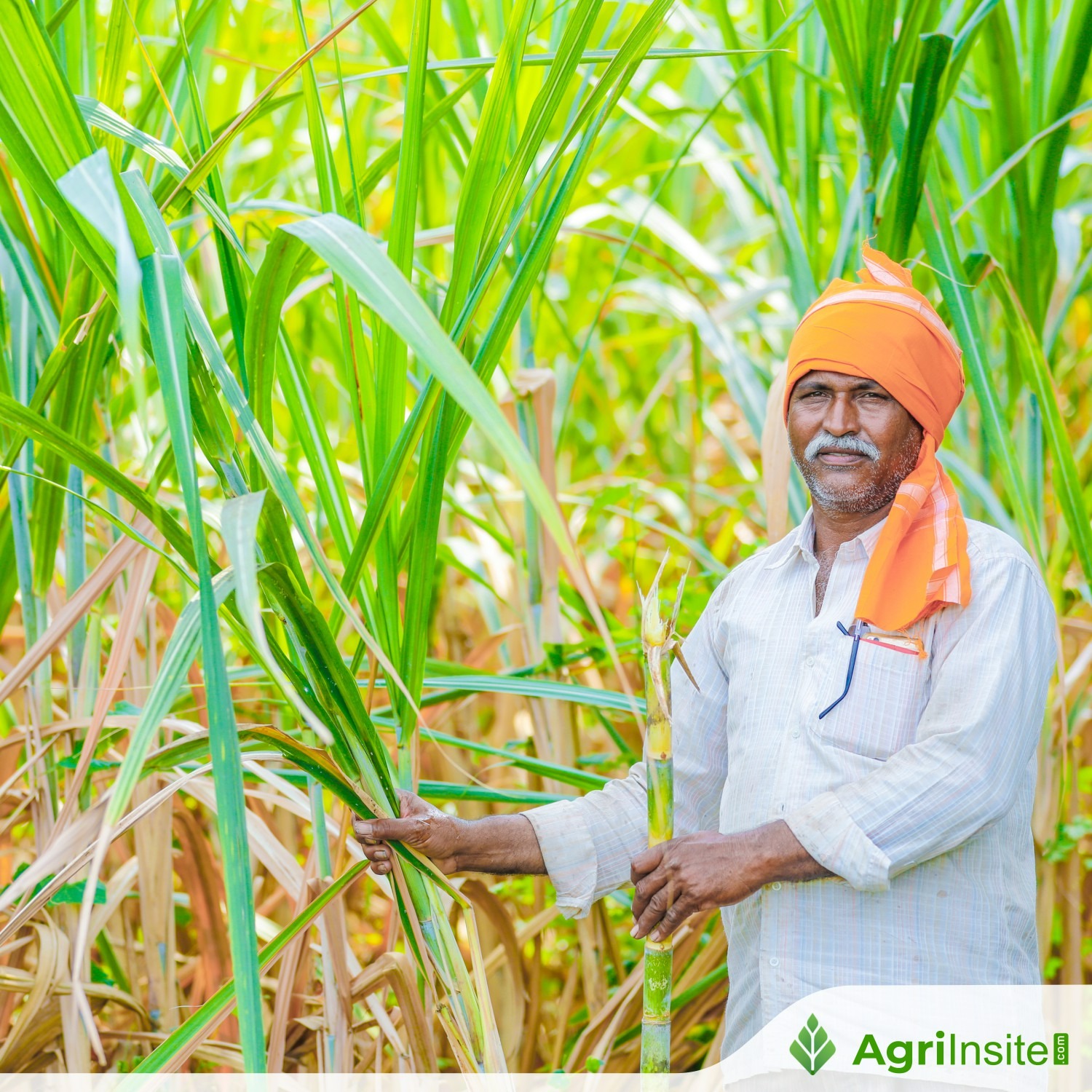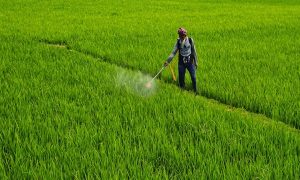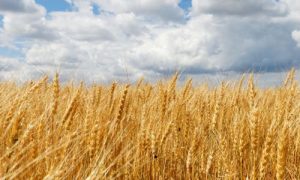India’s Agriculture Sector Key to Economic Resilience Amid Global Challenges: WESP 2025 Report

India’s agriculture sector is crucial to its 6.6% GDP growth in 2025, driven by exports, innovation, and government policies. Despite global economic uncertainties, India shows resilience through sustainable farming and trade opportunities. Climate risks and inflation remain challenges, but investments in renewable energy and technology-driven farming practices position India as a leader in global food security and South Asia’s growth.
India’s agriculture sector remains a cornerstone of its robust economic growth, even as the global economy faces persistent uncertainties. The United Nations’ ‘World Economic Situation and Prospects 2025’ (WESP 2025) report highlights the critical role of agriculture in driving India’s projected 6.6% GDP growth for 2025, a rate that outpaces all other major economies. This performance underscores the sector’s potential to ensure food security, boost rural livelihoods, and contribute to global trade.
The WESP 2025 report paints a challenging picture for global agriculture. Climate impacts, rising geopolitical tensions, and lingering economic shocks are disrupting food systems worldwide. While global inflation is easing, food inflation persists in developing economies due to supply chain disruptions and extreme weather events. India, with its vast agricultural base, is both affected by these global dynamics and positioned to address them. The sector’s resilience and capacity for innovation make it a critical player in navigating the ongoing food crisis.
India’s Agricultural Strengths
India’s agricultural sector has shown resilience through strong exports and a diversified production base. Highlighting its strength, the report says, India is a leading exporter of rice, tea, spices, and marine products, which remain significant contributors to its positive trade balance. With its large population, India continues to prioritise policies to stabilise food prices and ensure access to essential staples. Technology-driven initiatives, from digital marketplaces to advanced irrigation systems, are transforming how India’s farmers connect with markets and improve yields.
Challenges of Climate and Inflation
The report underscores the threat posed by climate change to agricultural productivity. India, like many developing nations, is vulnerable to adverse weather conditions such as erratic monsoons and the ongoing La Niña effects, which are expected to impact crop yields in 2025. In addition, food inflation remains a persistent concern. With more than half of developing economies, including India, experiencing food inflation above 5%, affordability for the most vulnerable populations remains a pressing issue.
Policy and Investment Opportunities
As the report says, the Government of India continues to support the sector through targeted subsidies, infrastructure development, and innovation incentives. Investments in renewable energy, particularly in agriculture-related sectors like solar-powered irrigation, are helping to reduce input costs and boost sustainable farming practices.
Additionally, international trade rebounds provide opportunities for India to expand its export footprint, especially in high-demand segments such as processed foods and organic produce.
The WESP 2025 report emphasizes the global demand for critical minerals essential for renewable energy and technology. For India, this presents opportunities to integrate agricultural systems with energy-efficient practices, such as battery-powered cold storage and logistics for perishables.
India in the Global Agricultural Economy
India’s growing role in global agriculture is evident in its leadership within South Asia. The region’s economic growth, projected at 5.7% in 2025, is heavily influenced by India’s agricultural performance. Collaborative efforts with neighboring countries on food security, technology sharing, and trade agreements could further cement India’s status as a regional agricultural hub.
India’s agricultural sector is at a pivotal moment. The WESP 2025 report calls for greater investments in climate-resilient farming, equitable resource allocation, and policies to address rising input costs. With a focus on innovation and sustainability, India has the potential to lead not just in feeding its population but also in contributing to global food security and trade. As the world grapples with economic uncertainties, India’s agriculture stands as a testament to the power of resilience and adaptability in ensuring growth and stability.
Indian and Global Economy
India continues to shine as a beacon of robust economic growth in the face of a subdued global outlook. This growth is powered by resilient domestic consumption and investment, highlighting India’s critical role in the global recovery. The WESP 2025 report paints a mixed picture of the global economy. Growth remains steady at 2.8%, the same as in 2023 and 2024. While inflation trends downward and central banks ease monetary policies, persistent geopolitical tensions, high debt burdens, and climate challenges continue to dampen progress. For developing nations, especially Least Developed Countries (LDCs), the recovery remains uneven, with limited fiscal space and debt distress curbing their growth potential.
India’s economy stands out with a robust growth forecast of 6.6% for 2025, bolstered by strong private consumption and investment. This performance contrasts with slower growth in other major economies, including China (4.8%) and the United States (1.9%). India’s focus on infrastructure development and digital transformation is driving investment, while its youthful workforce continues to contribute to sustained economic activity.
Despite these successes, challenges remain. Weaker global demand, debt concerns, and socio-political issues in the South Asian region may impact growth. However, India’s position as a major contributor to South Asia’s overall projected growth rate of 5.7% in 2025 reinforces its leadership in the region.
To read more about Agricultutre/Farmers related News continue reading Agriinsite.com
Source : Rural Voice

















